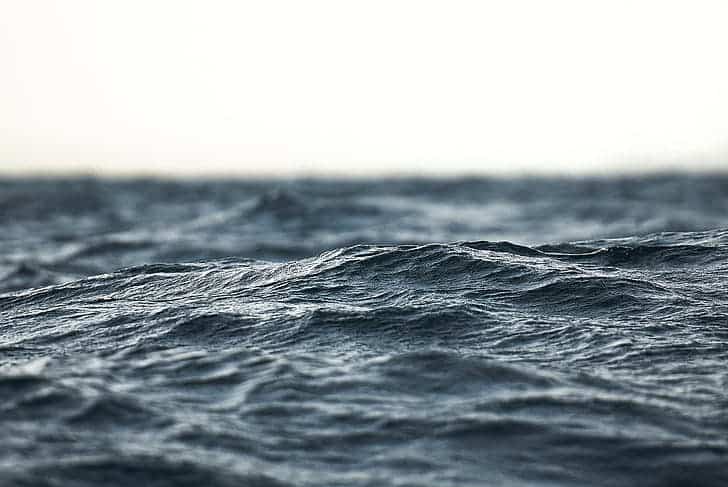A long-held theory about the last great mass extinction event in history and how it affected Earth’s oceans was just confirmed by a new study by Yale University, which may also answer questions about how marine life eventually recovered.

The researches argued this is the first direct evidence that the Cretaceous-Paleogene extinction event 66 million years ago coincided with a sharp drop in the pH levels of the oceans—which indicates a rise in ocean acidity.
The Cretaceous-Paleogene die-off occurred when an asteroid slammed into Earth at the end of the Cretaceous period. The impact and its aftereffects killed roughly 75% of the animal and plant species on the planet.
“For years, people suggested there would have been a decrease in ocean pH because the meteor impact hit sulfur-rich rocks and caused the raining-out of sulphuric acid, but until now no one had any direct evidence to show this happened,” said lead author Michael Henehan.
Researchers looked at the foraminifera, tiny plankton that grow a calcite shell and have an amazingly complete fossil record going back hundreds of millions of years. An analysis of the chemical composition of foraminifera fossils from before, during and after the event produced a wealth of data about changes in the marine environment.
Previous research of the die-off had shown that some marine calcifiers—animal species that develop shells and skeletons from calcium carbonate—were disproportionately wiped out in the mass extinction. This new study showed higher ocean acidity may have prevented the calcifiers from creating the shells.
This was important, according to the researchers, because these calcifiers made up an important part of the first rung on the ocean food chain, supporting the rest of the ecosystem.
“The ocean acidification we observe could easily have been the trigger for mass extinction in the marine realm,” said senior author Pincelli Hull, assistant professor of geology and geophysics at Yale.
The team’s boron isotope analysis and modeling techniques may have reconciled some competing theories and puzzling facts relating to ocean life after the die-off event. One theory, for example, argued that for a time after the die-off event, the ocean was essentially dead, and the normal carbon cycle just stopped.
Another popular theory called the “Living Ocean” suggested that the die-off killed off larger plankton species, disrupting the carbon cycle by making it harder for organic matter to sink to the deep sea, but allowed for some marine life to survive.
The new study splits the difference. It says the oceans had a major, initial loss of species productivity—by as much as 50% —followed by a transitional period in which marine life began to recover.
“In a way, we reconciled both of these ‘Strangelove’ and ‘Living Ocean’ scenarios,” Henehan said. “Both of them were partially right; they just happened in sequence.”


